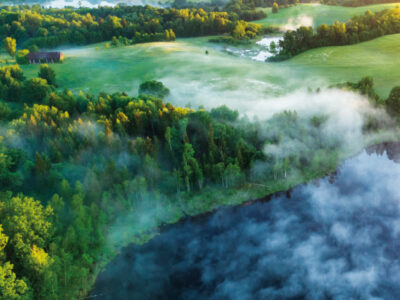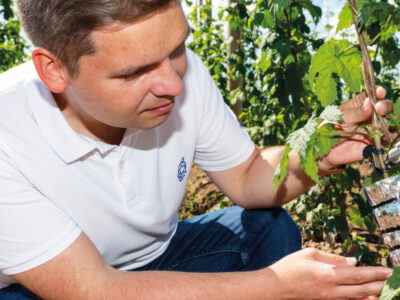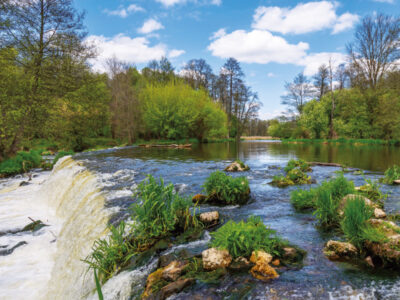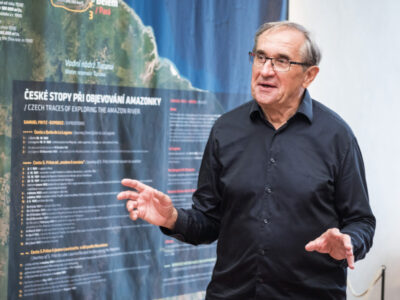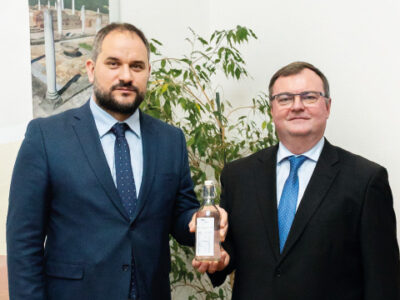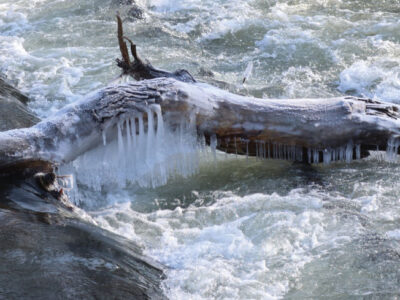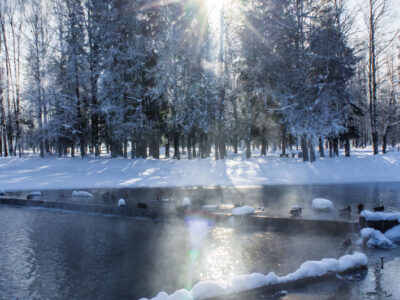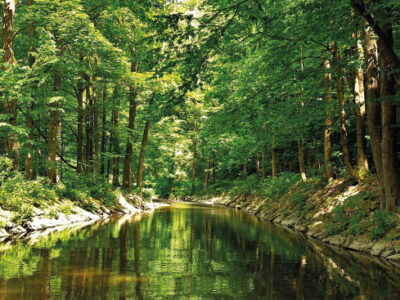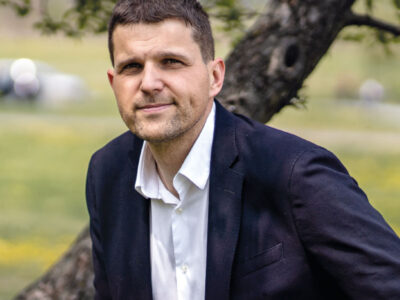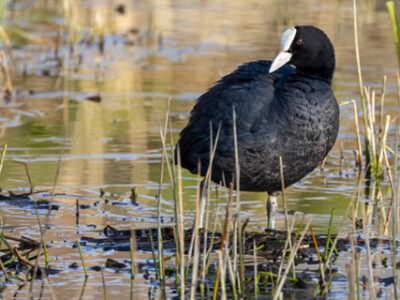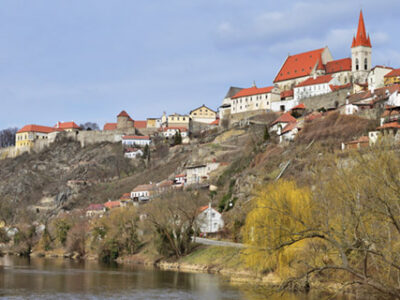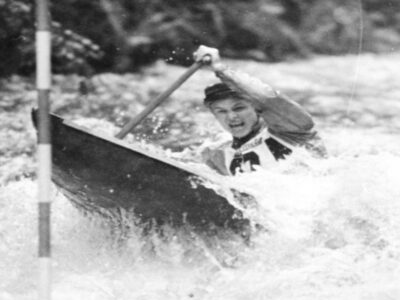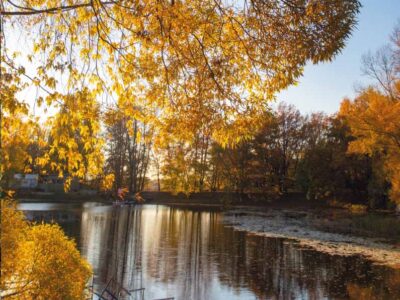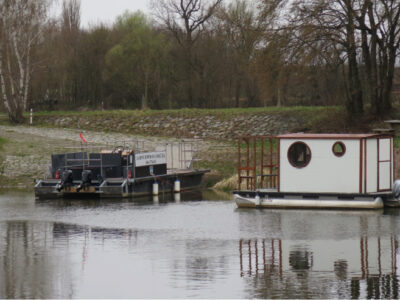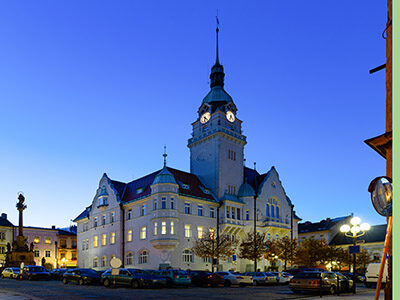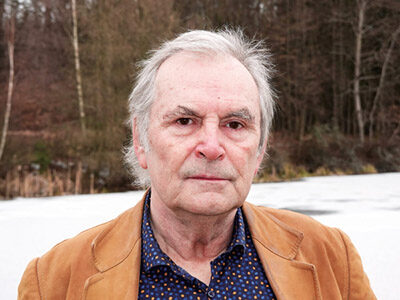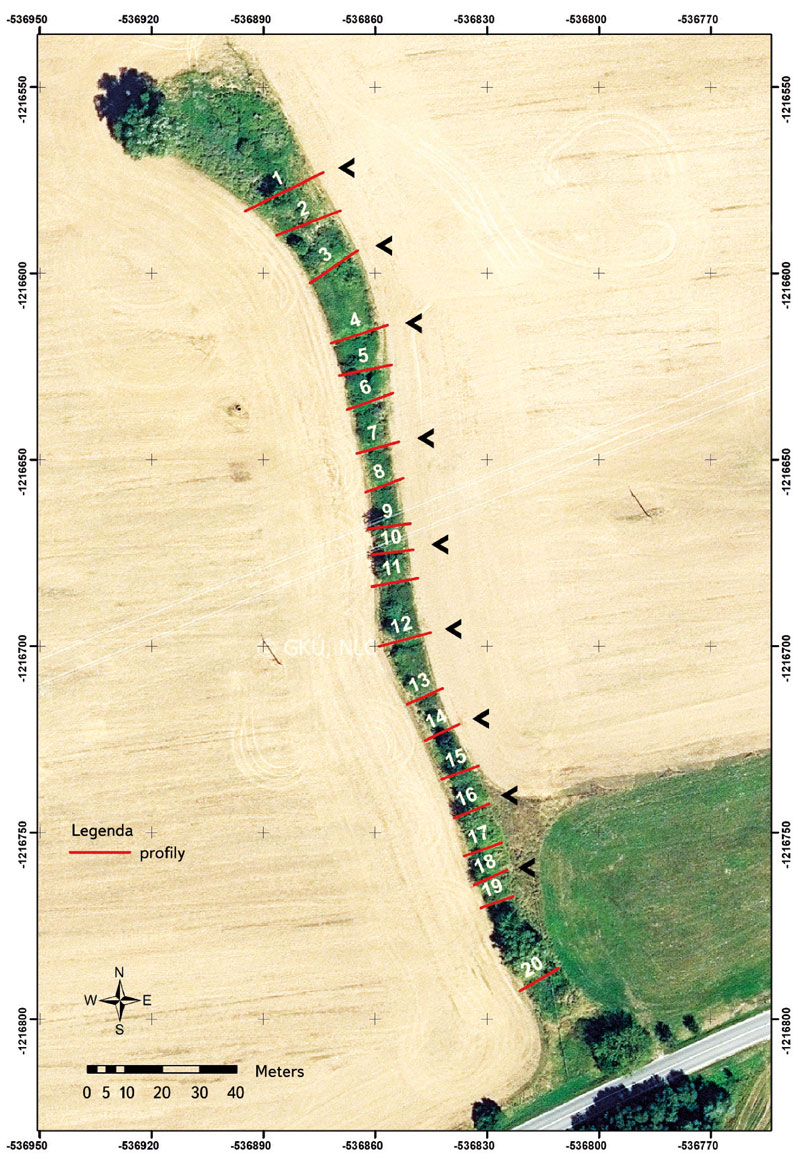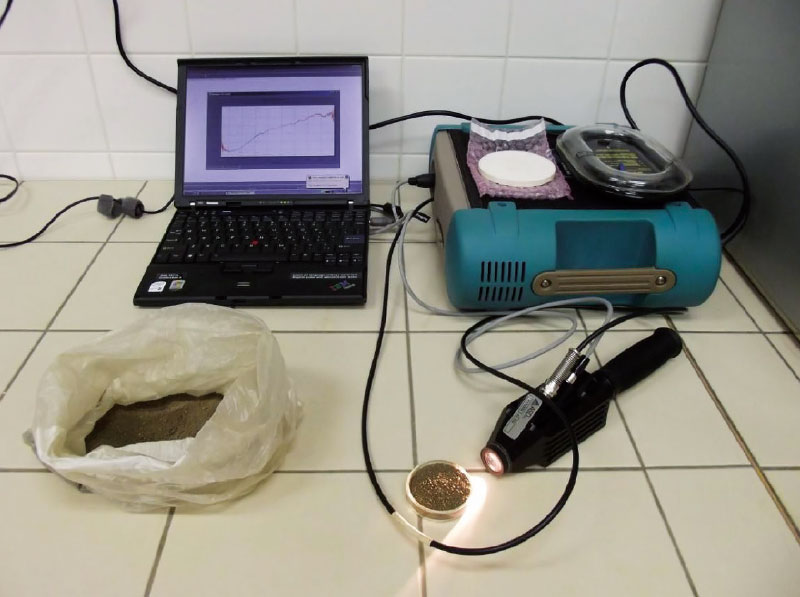The wastewater based epidemiology (WBE) approach to wastewater has long been used for monitoring drug consumption, especially in urban agglomerations. In this pilot project, it was applied to detect drug use in selected educational establishments. The tests took place in both primary (age 6–15) and secondary schools (age 12–19). The focus was on illicit drugs (marijuana, methamphetamine, amphetamine, cocaine, and ecstasy), as well as the licit drug nicotine and its metabolites. Ephedrine was also monitored. Grab samples were taken before the start of classes between 7:30 and 8:05 a.m., and during the so-called big break, i.e., between 9:30 and 10:00 a.m., or 10:30–11:00 a.m.
Sampling was carried out on two dates, at the beginning of June and at the end of September/beginning of October 2022. There were positive find-ings for THC, ephedrine, methamphetamine and nicotine metabolites, primarily trans-3-hydroxy-cotinine. In accordance with the possibilities of the pilot project, the number of monitored schools was very small. In order to objectively determine the situation in educational facilities, it would be appropriate to monitor a more representative group, which would include, for example, vocational schools. It is also worth considering another method of sampling wastewater, e.g., several hours’ composite samples. However, in many educational institutions, this method may not be feasi-ble.
